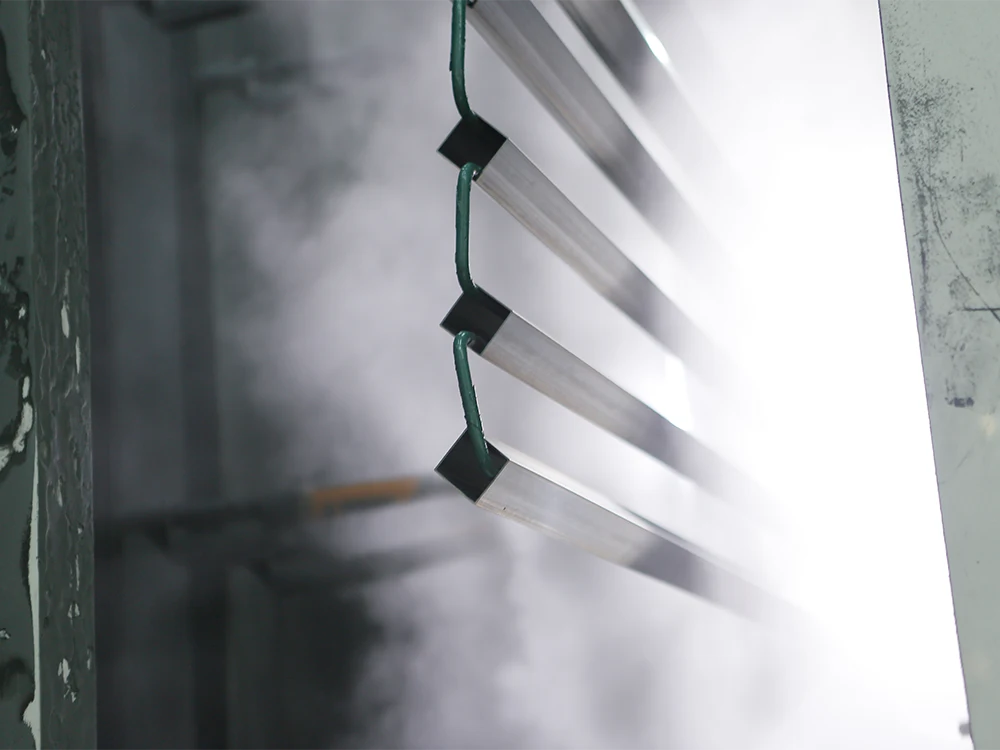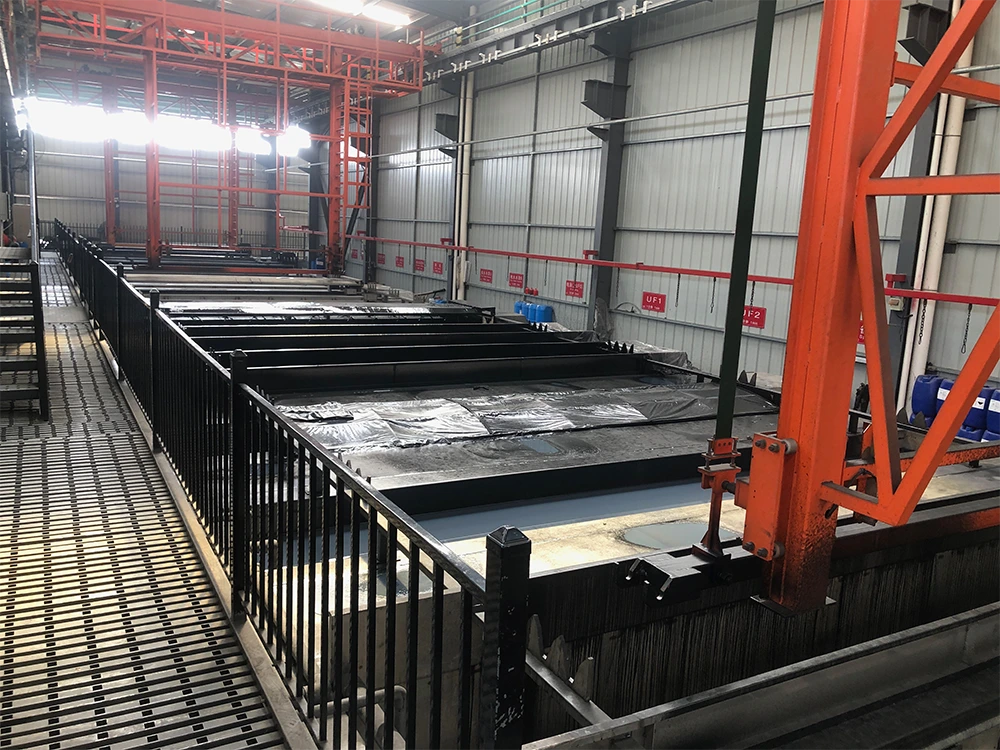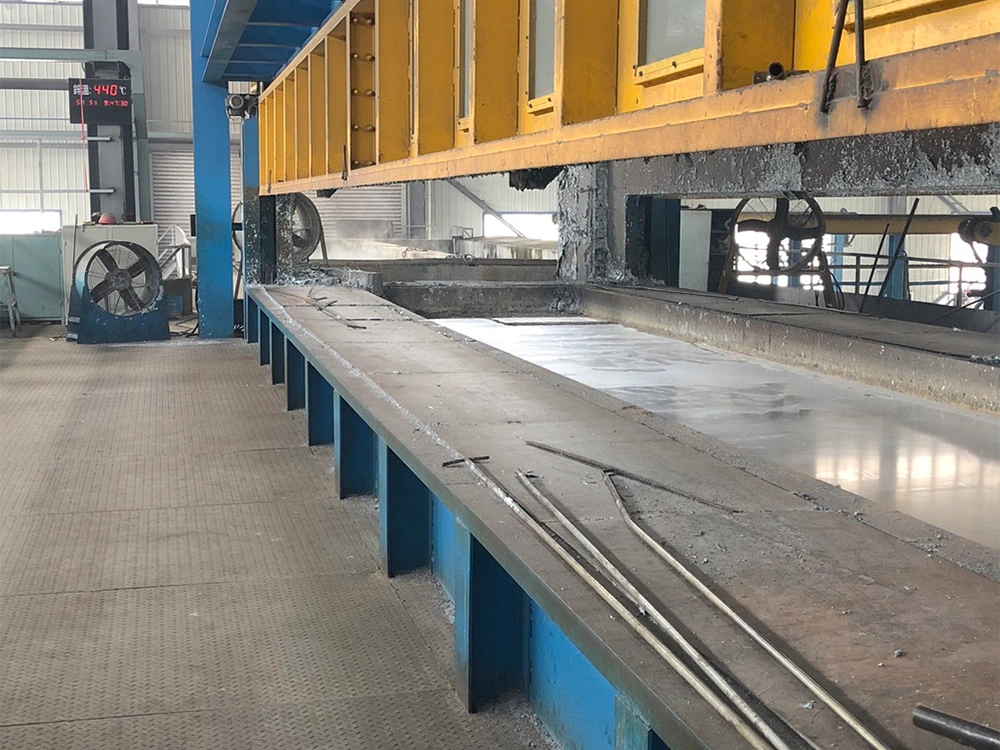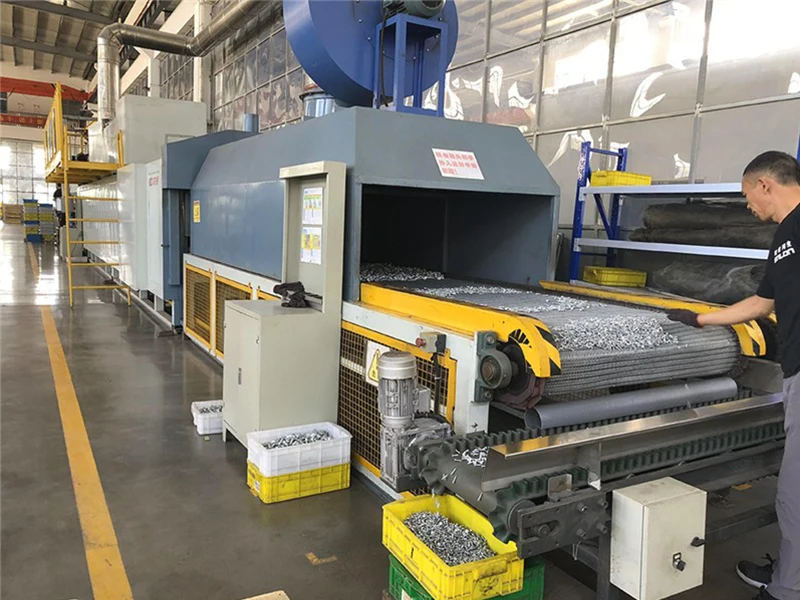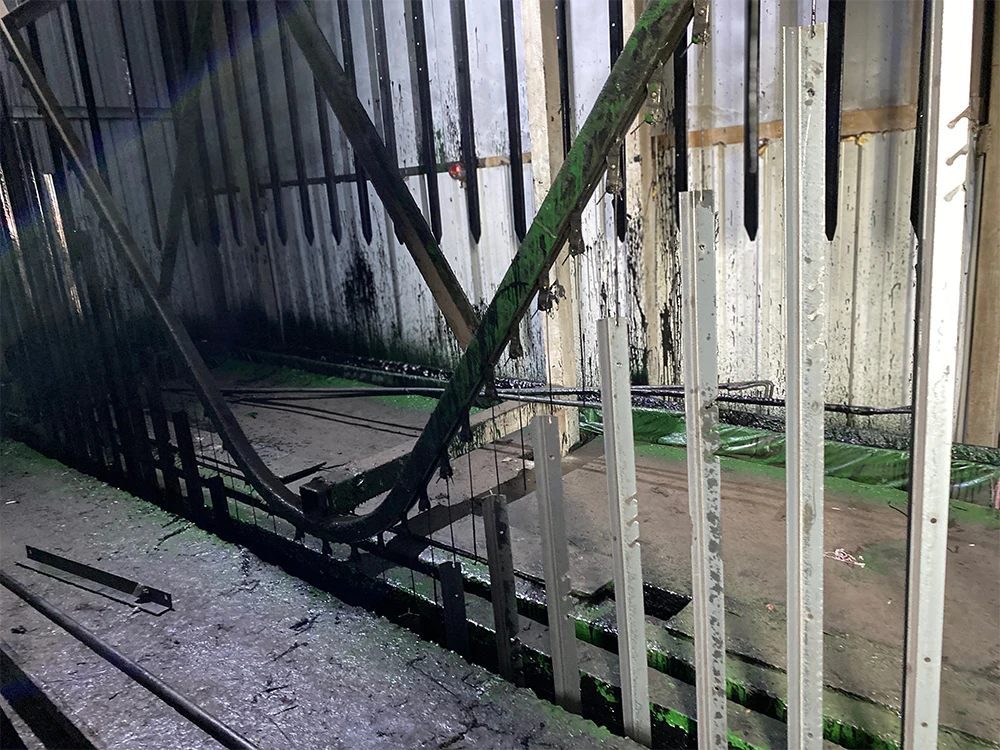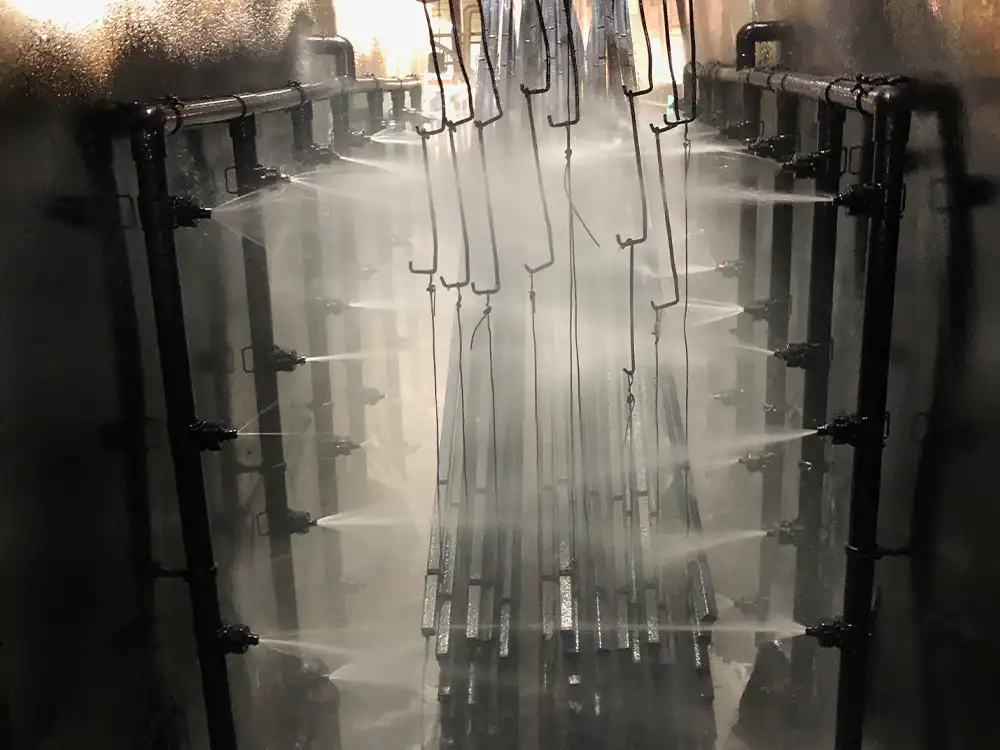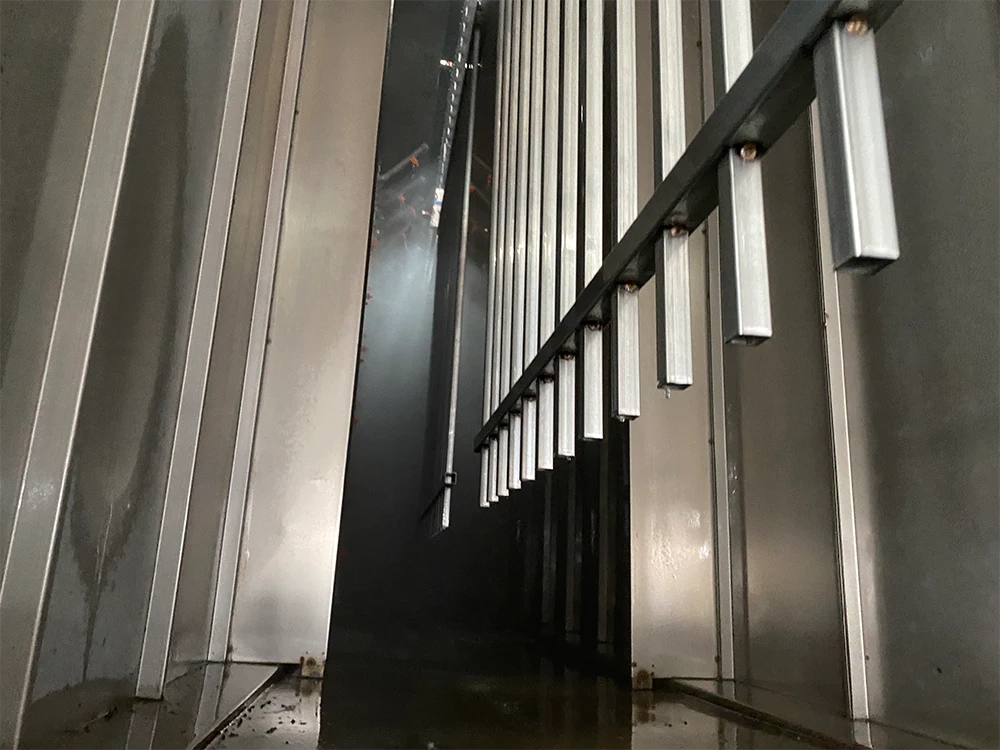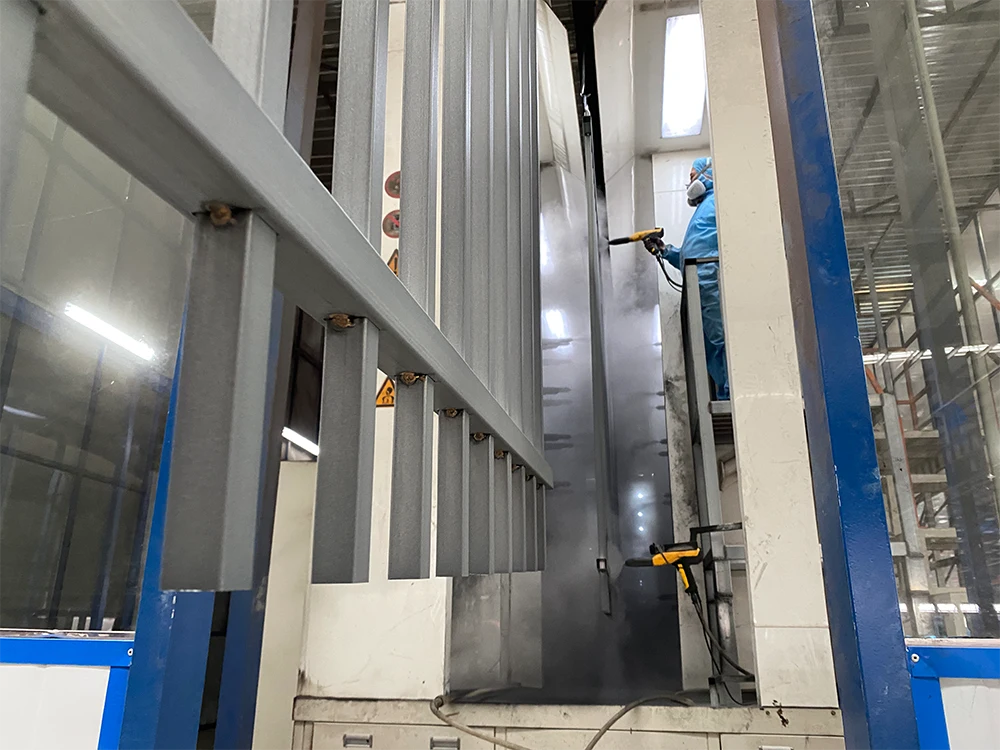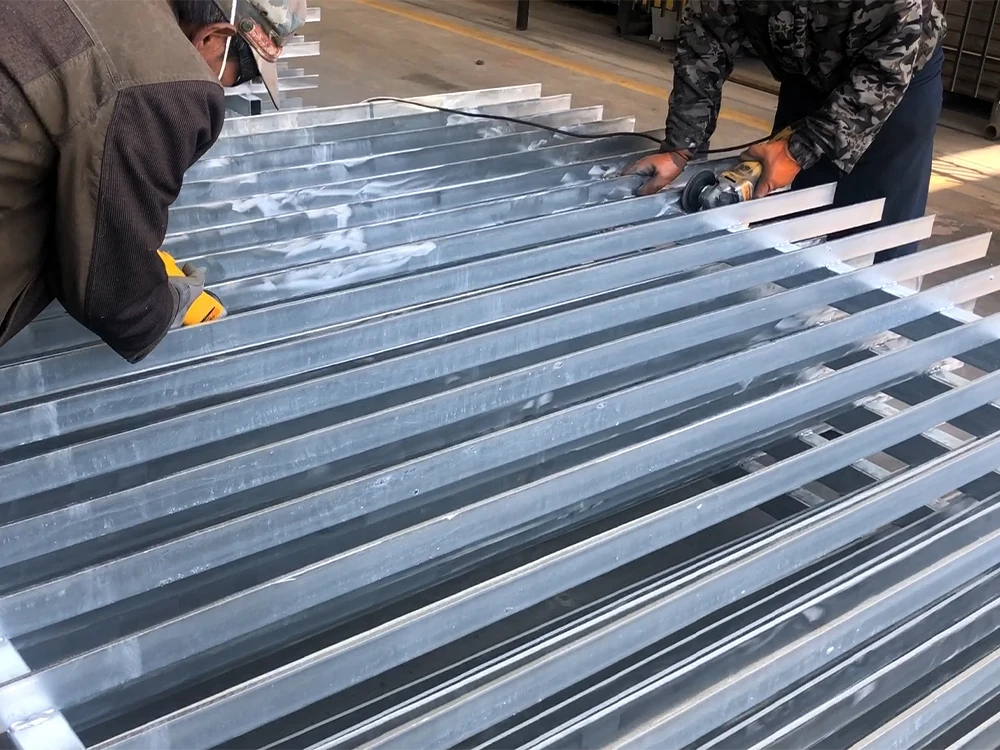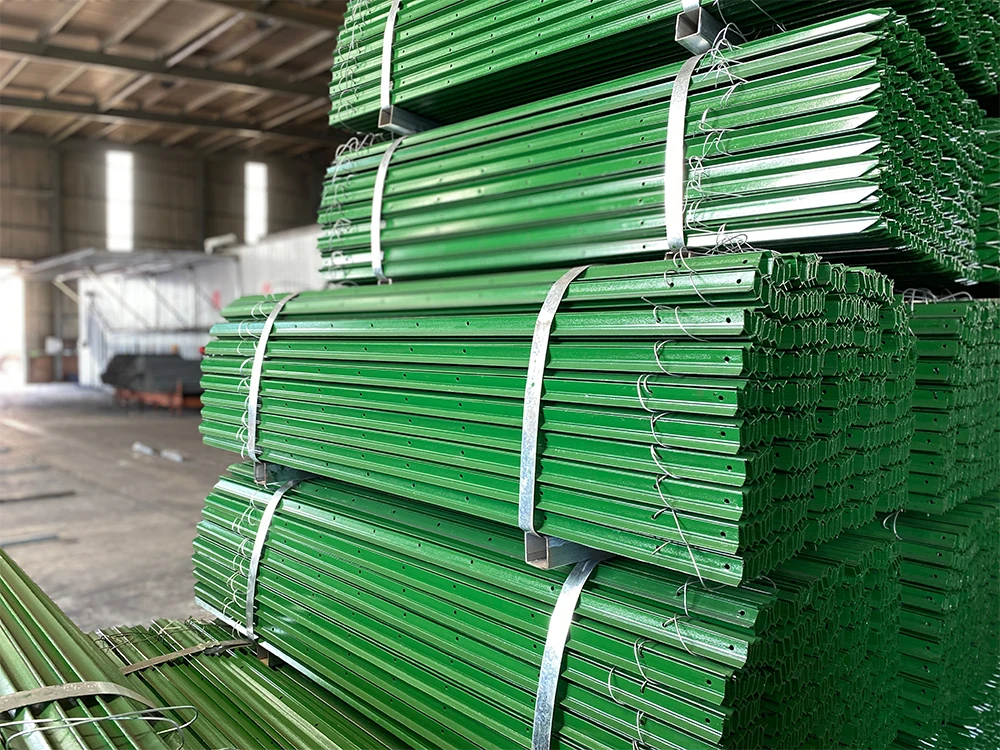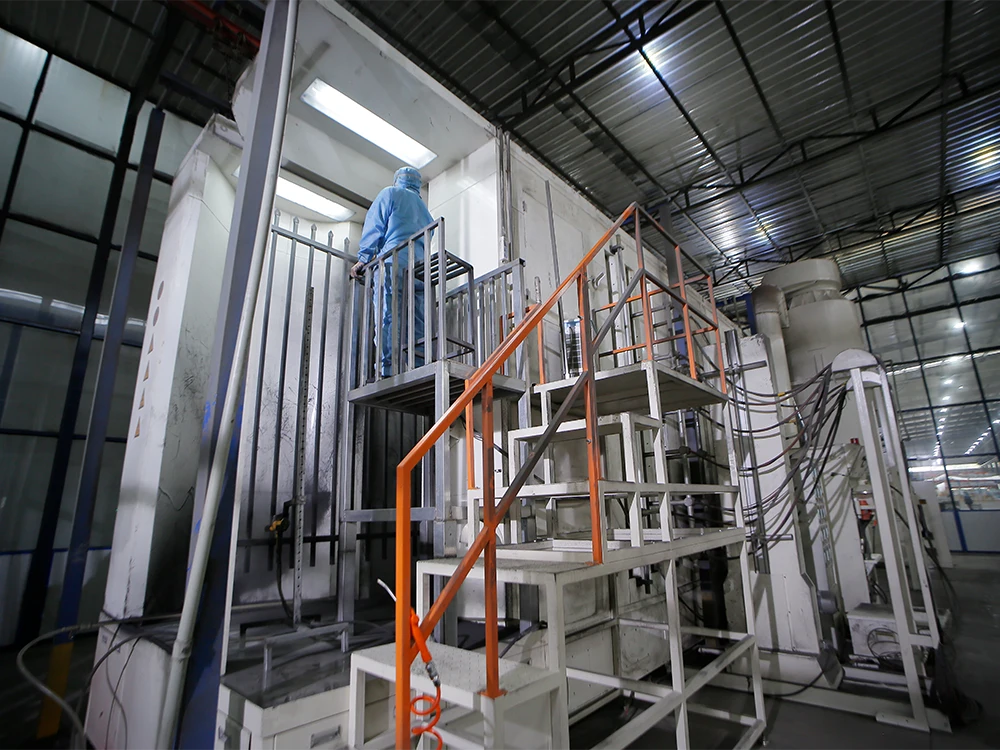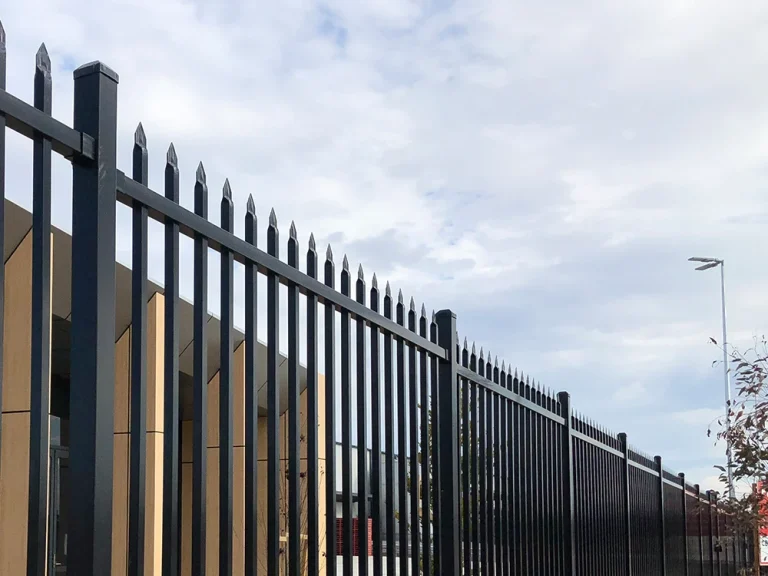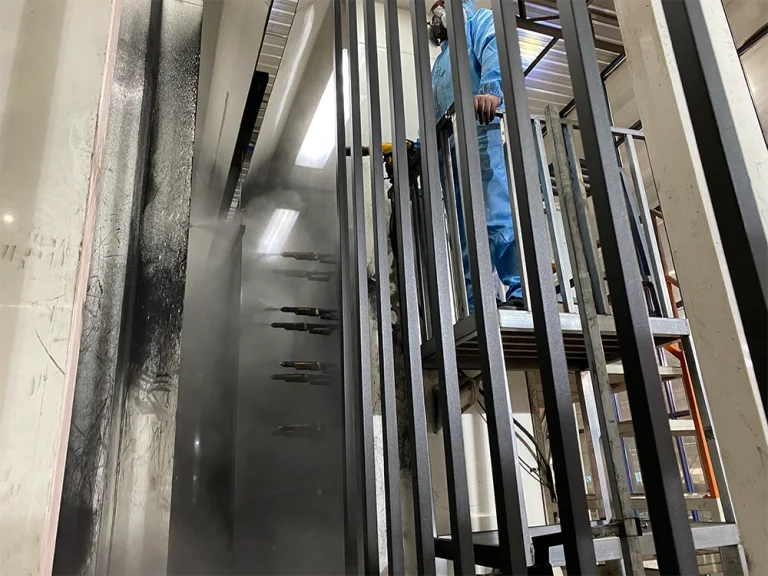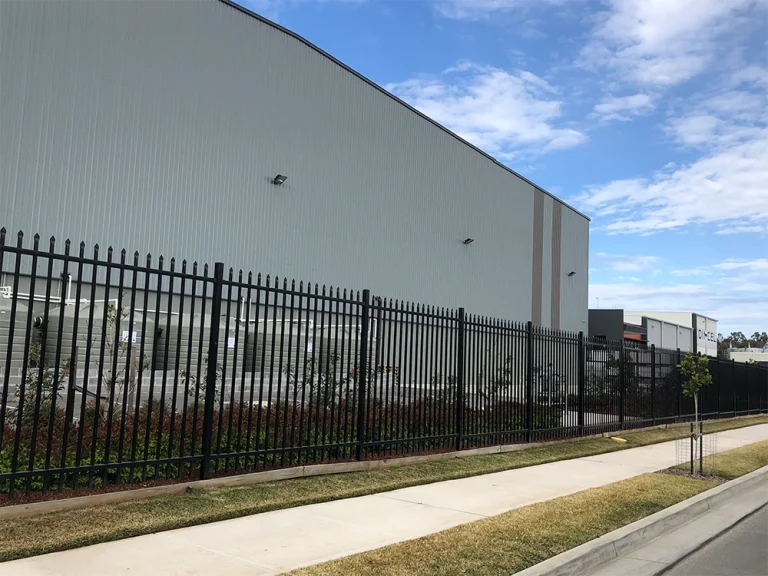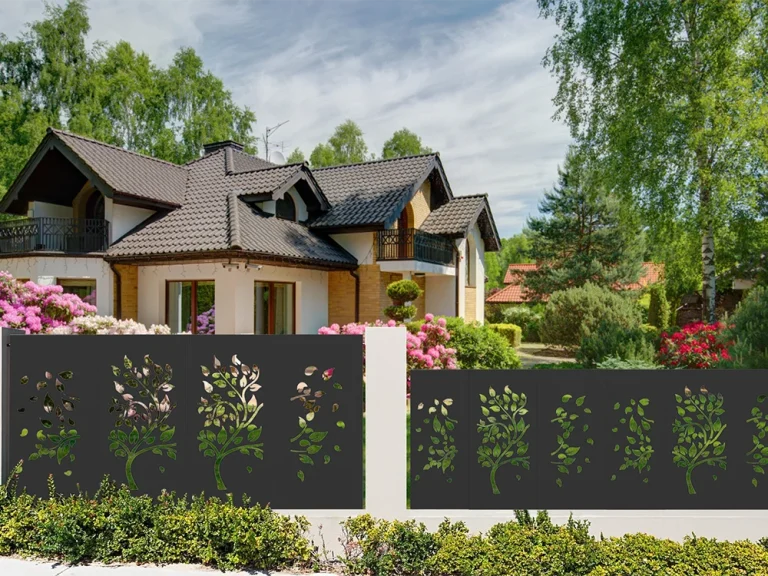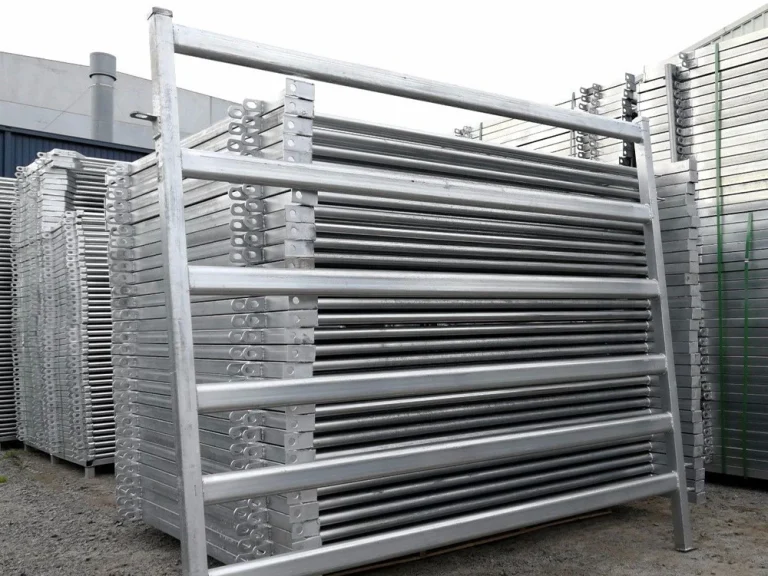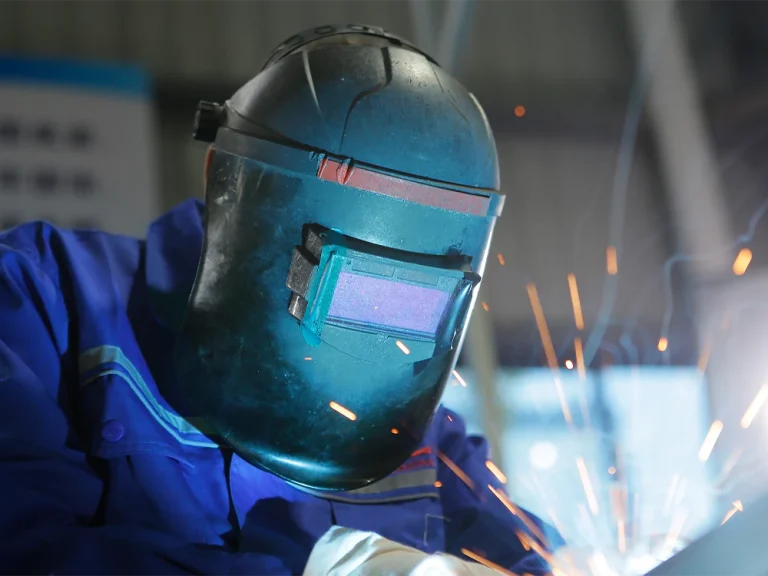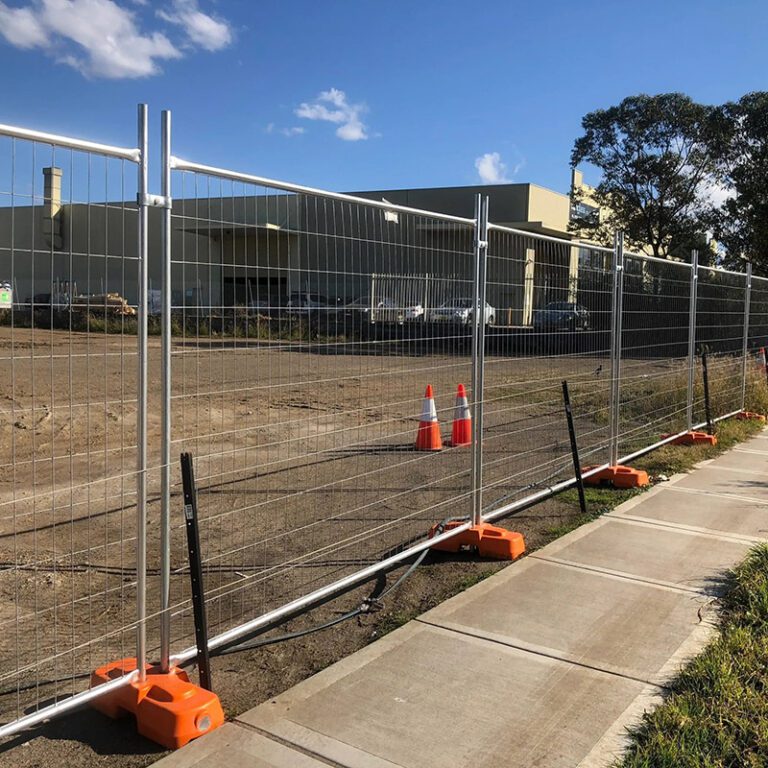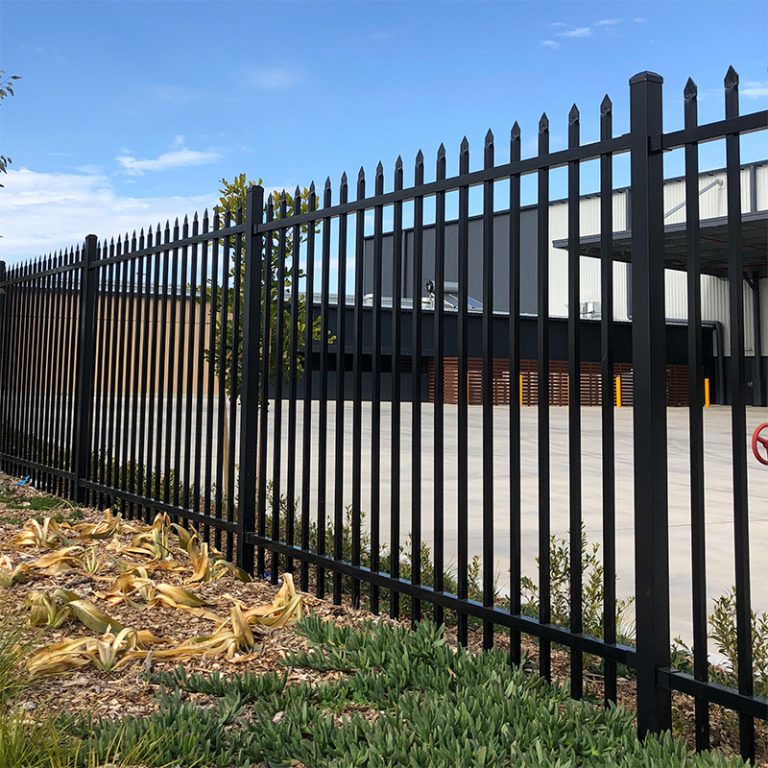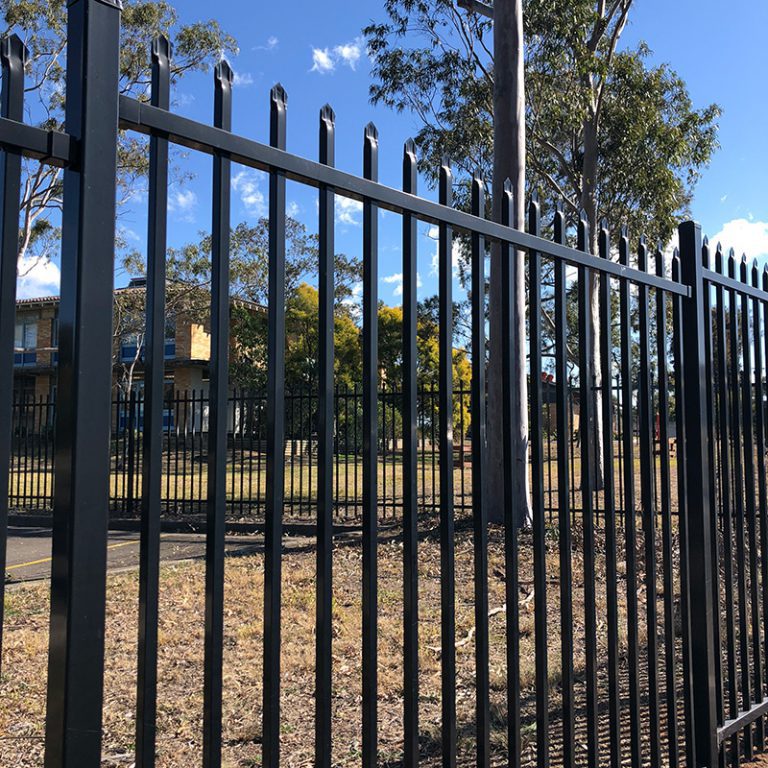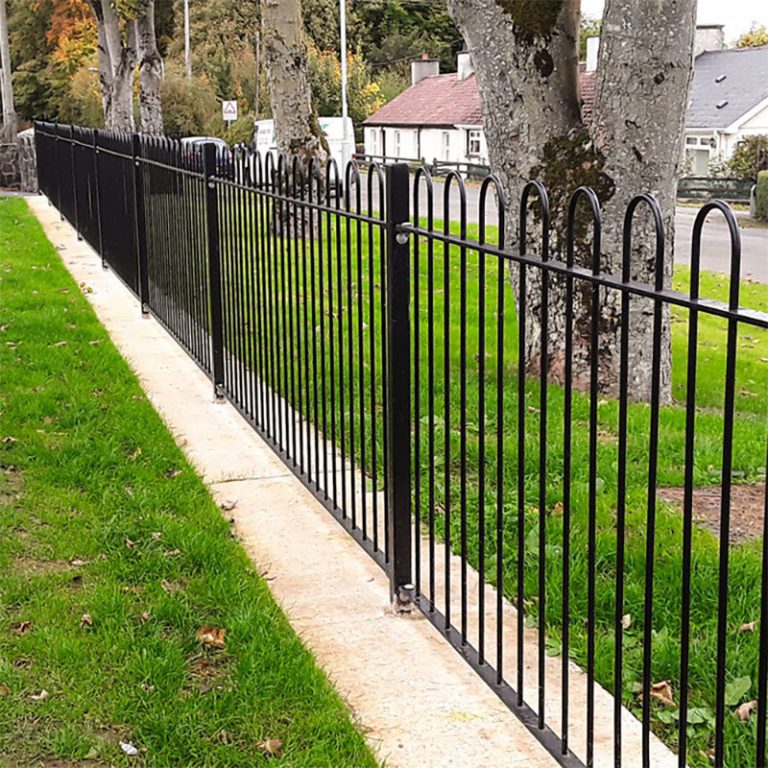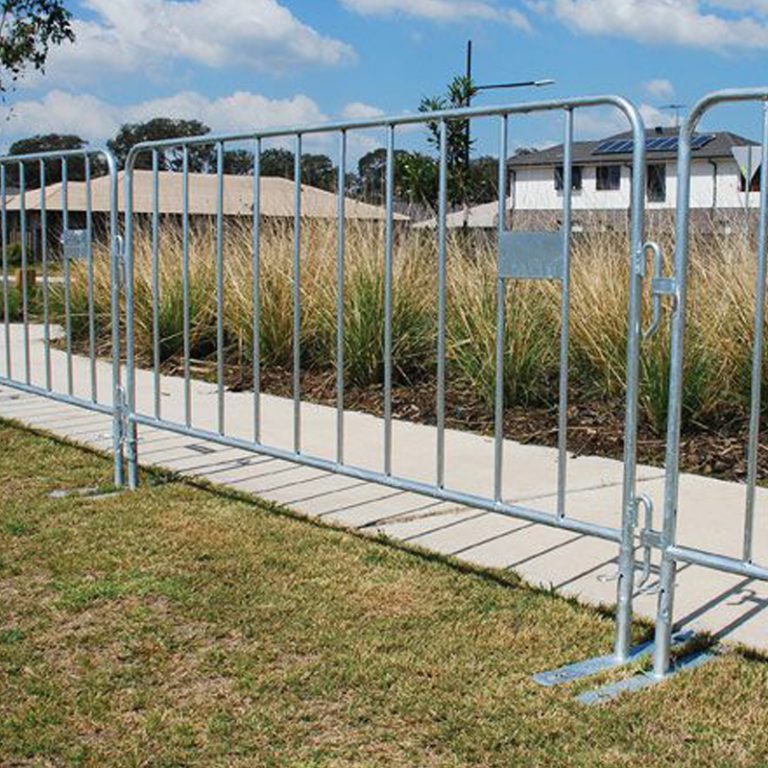When it comes to extending the life and enhancing the appearance of metal fences, choosing the right fence surface treatment is essential. Surface treatments not only protect fences from rust and corrosion but also provide aesthetic customization to match a property’s design. In the fence production process, various methods are employed, each offering unique advantages and disadvantages depending on the specific application and environmental factors. From metal surface treatments like galvanizing to advanced coating technologies, selecting the correct treatment ensures optimal durability, longevity, and minimal maintenance.
This guide explores eight common fence surface treatment methods, delving into their processes, strengths, weaknesses, and appropriate applications. By understanding these techniques, you can make informed decisions that align with both your functional needs and aesthetic preferences.
1. Electro-Galvanizing
Electro-galvanizing is a surface treatment process where a thin layer of zinc is applied to the surface of the metal fence through electrolysis. It’s often used to prevent rust and corrosion, especially in environments with moderate moisture.
– Advantages:
– Provides a smooth and uniform finish.
– Lightweight and cost-effective.
– Environmentally friendly due to minimal material use.
– Disadvantages:
– Thinner zinc coating offers less protection compared to hot-dip galvanizing.
– Less durable in harsh environments.
– Applications: Suitable for metal fences used in residential areas with moderate exposure to the elements.
– Electro-galvanizing Process: The fence is cleaned, and zinc is deposited through electrolysis in a controlled bath.
2. Hot-Dip Galvanizing
Hot-dip galvanizing involves immersing the metal fence in molten zinc, creating a thick, durable coating that protects the metal from corrosion.
– Advantages:
– Provides a thick and robust layer of zinc.
– Excellent corrosion resistance, especially in outdoor and coastal environments.
– Disadvantages:
– May result in an uneven finish with a rough texture.
– The coating can chip or crack if impacted.
– Applications: Ideal for farm gates and metal fences exposed to harsh weather.
– Hot-dip Galvanizing Process: The metal is immersed in molten zinc after undergoing a pre-treatment process, such as cleaning and fluxing.
3. Dacromet Coating
Dacromet is a sacrificial, water-based coating known for its high corrosion resistance and environmental friendliness. It’s an advanced fence surface treatment that doesn’t rely on heavy metals.
– Advantages:
– Superior corrosion resistance, even under high humidity and salt spray conditions.
– Eco-friendly, as it doesn’t contain heavy metals like lead or chromium.
– Suitable for complex metal shapes.
– Disadvantages:
– Costly compared to traditional galvanizing.
– Limited color range.
– Applications: Commonly used for high-security fences and industrial fencing.
– Dacromet Process: Metal parts are coated in Dacromet solution, dried, and then baked at high temperatures.
4. Paint Dipping (Dip Coating)
Dip coating is a simple process where the fence material is immersed in liquid paint to provide a protective and decorative layer.
Advantages:
– Cost-effective.
– Offers a variety of colors and finishes.
Disadvantages:
– Prone to wear and chipping over time.
– Requires regular maintenance.
– Applications: Used for decorative fences in residential properties.
– Dip Coating Process: The metal is dipped into a tank of paint, followed by drying and curing.
5. E-Coating (Electrophoretic Coating)
E-coating uses an electrically charged bath to evenly apply a layer of paint or primer onto the fence. This process is known for producing a uniform, corrosion-resistant finish.
Advantages:
– Ensures even coating, even on complex shapes.
– Excellent adhesion and corrosion protection.
Disadvantages:
– Limited color options, primarily used as a primer.
– Higher cost compared to traditional painting.
– Applications: Ideal for high-end residential fences and security fences.
– E-coating Process: The metal is submerged in a charged paint bath, and the paint adheres due to an electric field.
6. Phosphating
Phosphating is a chemical process where a phosphate coating is applied to metal fence surface treatment to improve paint adhesion and corrosion resistance.
Advantages:
– Improves paint bonding, ensuring long-lasting finishes.
– Increases corrosion resistance.
Disadvantages:
– Requires additional surface treatment (like painting).
– Environmentally harmful chemicals are used in the process.
– Applications: Often used as a pre-treatment for painted metal fences.
– Phosphating Process: The fence is treated with a phosphoric acid solution, forming a phosphate layer.
7. Powder Coating
Powder coating is a dry finishing process that uses finely ground particles of pigment and resin, which are electrostatically applied to the fence surface treatment and then cured under heat.
Advantages:
– Durable, chip-resistant, and available in many colors.
– Environmentally friendly since it doesn’t use solvents.
Disadvantages:
– Can be more expensive than liquid painting.
– Difficult to achieve thin finishes on intricate details.
– Applications: Widely used for residential fences and ornamental metal fences.
– Powder Coating Process: The metal is cleaned, powder is sprayed onto the surface, and it is baked to create a hard finish.
8. Polishing
Polishing enhances the appearance of metal fences by creating a smooth, reflective surface through mechanical abrasion.
Advantages:
– Enhances aesthetic appeal.
– Improves resistance to dirt accumulation.
Disadvantages:
– Offers little protection against corrosion unless paired with another treatment.
– Labor-intensive and costly.
– Applications: Commonly applied to decorative fences and stainless steel fencing.
– Polishing Process: The surface is mechanically buffed using polishing compounds to achieve a smooth finish.
Environmental Impact of Surface Treatments
When selecting a surface treatment for fences, it’s critical to consider the environmental impact of each process. Many traditional treatments, like phosphating and hot-dip galvanizing, thus involve chemicals and heavy metals that can contribute to pollution if not properly managed.
– Eco-friendly Alternatives:
– Dacromet coating and powder coating are examples of more environmentally friendly treatments. Dacromet does not contain heavy metals, while powder coating eliminates the use of volatile organic compounds (VOCs), which are harmful to both the environment and workers.
– Recycling and Waste Management:
– The disposal of waste products from processes like electro-galvanizing or paint dipping requires careful regulation to avoid contamination of water and soil. Manufacturers must implement recycling systems to manage used chemicals and wastewater effectively.
By choosing surface treatments that minimize environmental harm, both manufacturers and clients contribute to more sustainable fencing solutions.
Durability and Maintenance Requirements
The longevity of a fence largely depends on the durability of its surface treatment. Some treatments provide more long-lasting protection than others, which directly impacts the required level of maintenance over time.
– High-Durability Coatings:
– Hot-dip galvanizing and powder coating offer superior durability, often lasting decades without significant degradation. These coatings are especially suited for security fences and industrial fencing, where longevity is a key concern.
– Maintenance Considerations:
– Treatments like paint dipping and polishing may require more frequent maintenance. Painted surfaces tend to chip and fade over time, thus requiring periodic repainting to maintain the fence’s appearance and corrosion resistance.
– Cost vs. Longevity:
– While more advanced treatments like Dacromet and e-coating may come at a higher initial cost, their reduced need for maintenance can save money in the long run. These treatments are excellent for high-security fences or residential gates where long-term performance is critical.
Choosing the right surface treatment should take into account both the expected environmental conditions and the desired maintenance level.
Choosing the Right Surface Treatment: A Guide for Purchaser
For fence buyers, navigating the variety of surface treatments available can be daunting. Here’s a brief guide to help make the decision easier:
1. Consider the Environment:
Coastal, industrial, or urban environments will affect your choice. Hot-dip galvanizing or Dacromet is ideal for harsh climates, while electro-galvanizing may suffice in less demanding settings.
2. Assess Durability Needs:
If you’re seeking long-term protection, prioritize powder coating or hot-dip galvanizing. For a cost-effective, short-term solution, paint dipping might be enough.
3. Think About Aesthetics:
If design is important, choose surface treatments that offer color and finish options, like powder coating.
4. Evaluate Maintenance Levels:
Powder coating and hot-dip galvanizing require minimal upkeep, while paint dipping or electro-galvanizing may demand more frequent attention.
By following these guidelines, buyers can make informed decisions and choose the surface treatment that best fits their needs.
Conclusion
Choosing the most suitable surface treatment is a critical step in the fence production process, directly impacting the fence’s durability, appearance, and maintenance needs. Whether you’re installing fences in coastal, industrial, or residential areas, each method—whether it be hot-dip galvanizing, powder coating, or e-coating—offers distinct benefits tailored to specific environments.
At our company, we combine years of expertise with advanced metal surface treatment technologies to deliver custom fencing solutions. Our commitment to quality ensures that each fence we produce not only meets the highest industry standards but also offers long-lasting protection and aesthetic appeal.

